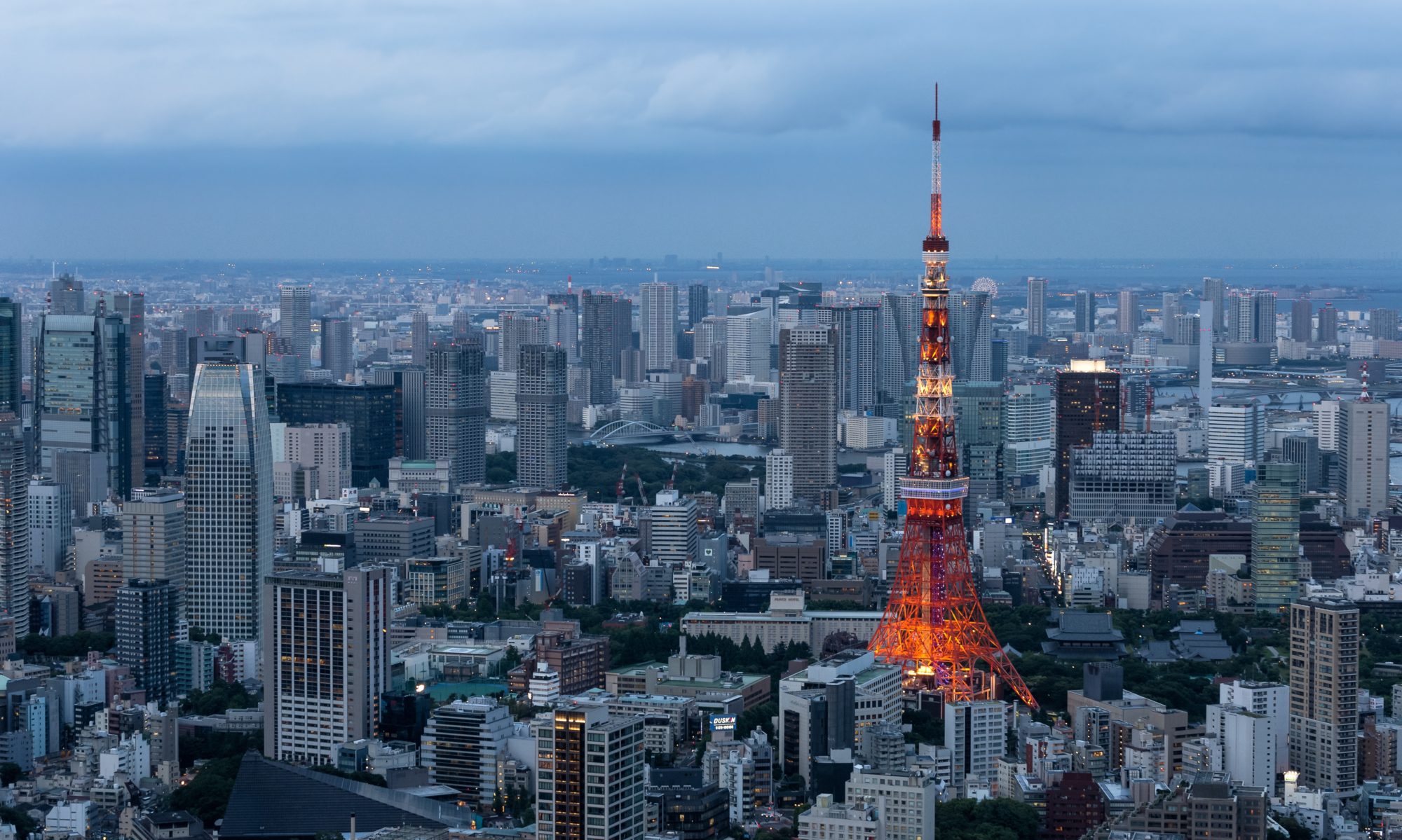Tokyo’s train stations have multiple exits, from just a few, to as many as 200 at Shinjuku station for example! The fact that many of them are underground can also make it difficult to get your bearings when you arrive at a destination and may leave you wondering which way to go to get to where you’re going. Thankfully the train companies have found a way to make it easier for you.
When you arrive at your destination station, you just need to find a yellow sign with black writing, either on the platform or just outside the ticket gates, that lists the exits and the key attractions and places in English. Simply find the attraction or place you are looking for on the list, match it to the corresponding exit letter and/or number and head for that one, following the black and yellow exit signs to the one you need. This way you can be sure when you pop up on ground level that you will be the closest to the attraction or place you’re looking for. You’ll find while doing this that it is not only tourists referring to these signs – many of the locals rely on them as well.





